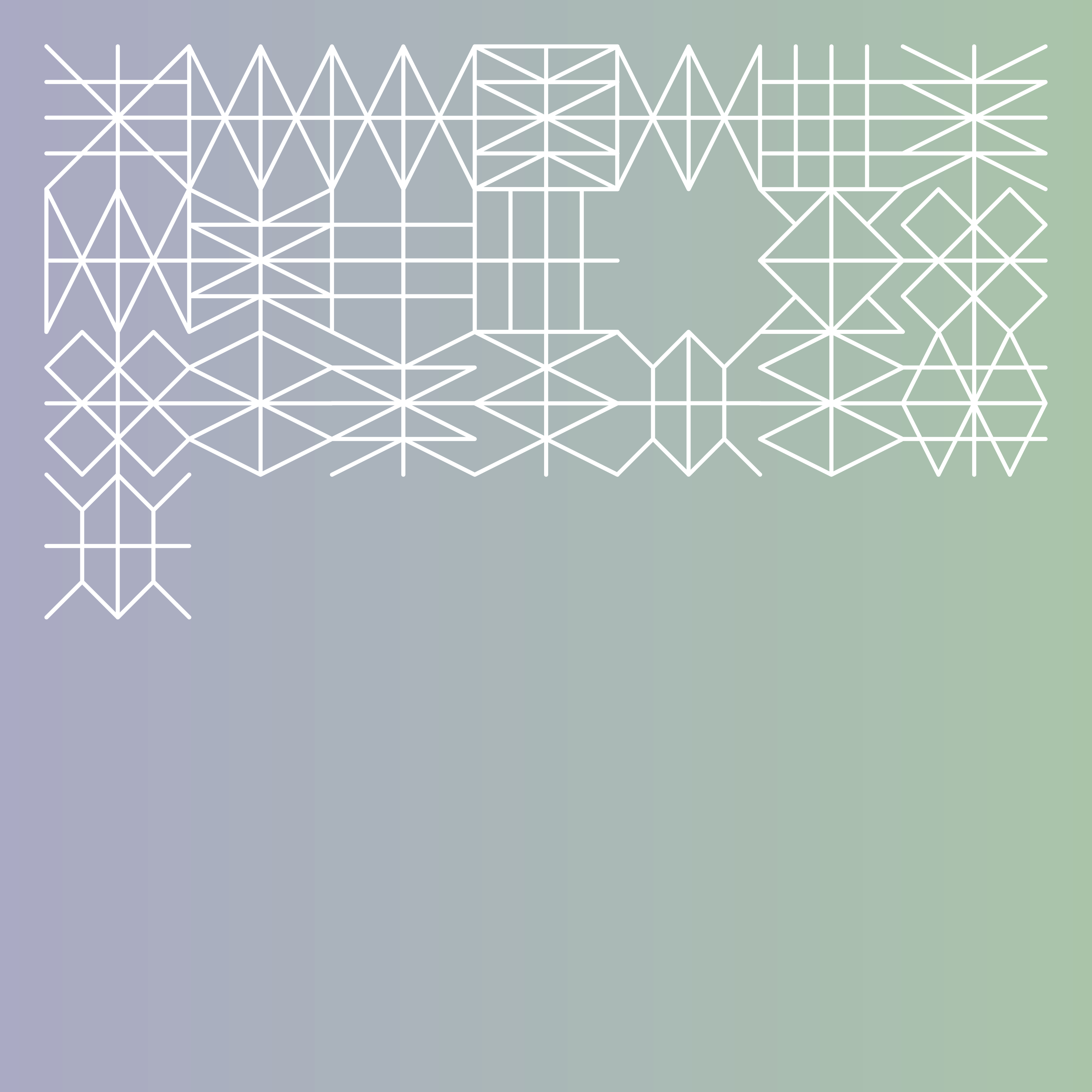Fuubutsushi is a quartet featuring Chris Jusell, Chaz Prymek, Matthew Sage, and Patrick Shiroishi. The group creates their recordings by collaborating remotely, with all four members living in different states. They formed their group at the beginning of the Covid-19 pandemic and completed a four album series based on the seasons from 2020–21.
Matt: This piece departed some from our usual approach which was really refreshing. For a majority of our work the compositions are written mainly by Chaz or myself and then we build from there. On this piece Chris created a structure, a narrative, and started several of the compositions. It was great to be able to add colour to Chris’ narrative and ideas here.
So far as inspiration, I think we have so many touchstones for our sound, but I was really excited to be pushed (by Chris) into some melodically complex places that I hadn’t really been before. I am not an expert at working with dissonant melodies, but I think we ended up doing some really interesting things as a group by incorporating dissonance into this composition.
As per usual, I am surprised by how our pieces click together. Though we are never in the same room when we work, there is a vitality to how we collaborate that is always exciting to me. This piece is no exception!
I try to listen deeply to the world as often as possible, and that deep listening hugely informs my solo work as M. Sage, but I think the opportunity to stretch out past conventional song lengths for us as a group, as Fuubutsushi, was an invitation to engage in a very narrative and dynamic kind of collaboration, both as listeners and as musicians.
I think collaborating remotely how we do demands a kind of listening, at least for me, that is also imaginative; we aren’t just listening closely, or deeply, or slowly, we are also listening to hear the life in our collaborators files and to find where we can live with them there. Listening is an invitation here. To hear a collaborator and hear them make room for another collaborator to contribute to the conversation. Extended deep listening on this project for me is as much about modulating as it is about demodulating.
Patrick: A lot of the music we have created as a group has had the intention of bringing about different sensations to the listener whether it be through the specific melodies, instrument choice, timbre, field recordings and electronics used. For this piece, we still strive for that same feeling but through a more narrative lens. Stretching out in this ‘longform’ was refreshing and might be an exciting avenue to continue to explore down the line.
Chaz: I used to teach at a Forest School in Missouri, and we had two listening games that we played, the first was to listen and try and hear the thing closest to you, your breath, a fly on you, your jacket swishing, then we would listen to the furthest sound we could hear, then layer by layer fill in the gaps, What did it sound like in the field across the street? What did the trees sound like from where you are standing? What does your breath sound like now? Then compare what each other were hearing and try and hear it that way, often enough we couldn’t hear it the same, but when we put it altogether, we could get a huge picture of what was going on around us.
The second game was, I would play a clip of an animal making a call of some sort, without letting any of the kids see the video. They would have to make guesses using all of the sounds from the clip. Who was the animal? What landscape were they in? Where on Earth were they? Wildly enough, the kids, more often than not, would nail it. Or at least get weirdly close.
This a lot of my approach to recording. On this project, I gave everybody’s instruments a character, a child, the wind, water, the light, and wrote with that in mind. What could they hear? How did that sound feel to them? What information were they getting from the sounds?
Also, to know what’s happening in my friends and bandmates lives when we are making these songs, to already be fans of my bandmates and get to be stoked on what they are making and there for them in their lives outside of music is a means of listening that I feel like permeates our music. To hear friendship and admiration being played.
Chris: Chaz and I both drive around a lot for work, and Chaz sends our group chat (usually active every day) pictures of trees he's climbing or the sky from his car. One day he sent multiple photos of particularly moody weather, and we had already discussed me leading the Longform Editions project as far as ideas/direction. I got excited about the idea of using Chaz's pictures as some sort of narrative arc of mood: looking at the sky throughout a day, and having your feelings and activities decided by that, and especially the tension of seeing clouds pile up and darken and not knowing whether it will actually break into a storm. The band had also created a track that didn't fit onto the last seasonal album that we decided to use as a starting point here; it had samples of beach sounds and a calm, sunny atmosphere. So I mapped out a rough plan for the sky over an afternoon that sees clouds roll in, stress and dissonance accompany that, and (as if squeezed through a vice) rather than rain, the protagonist and listener are transported to the beach. A sort of trade, water for water, like a strange fairy tale.


